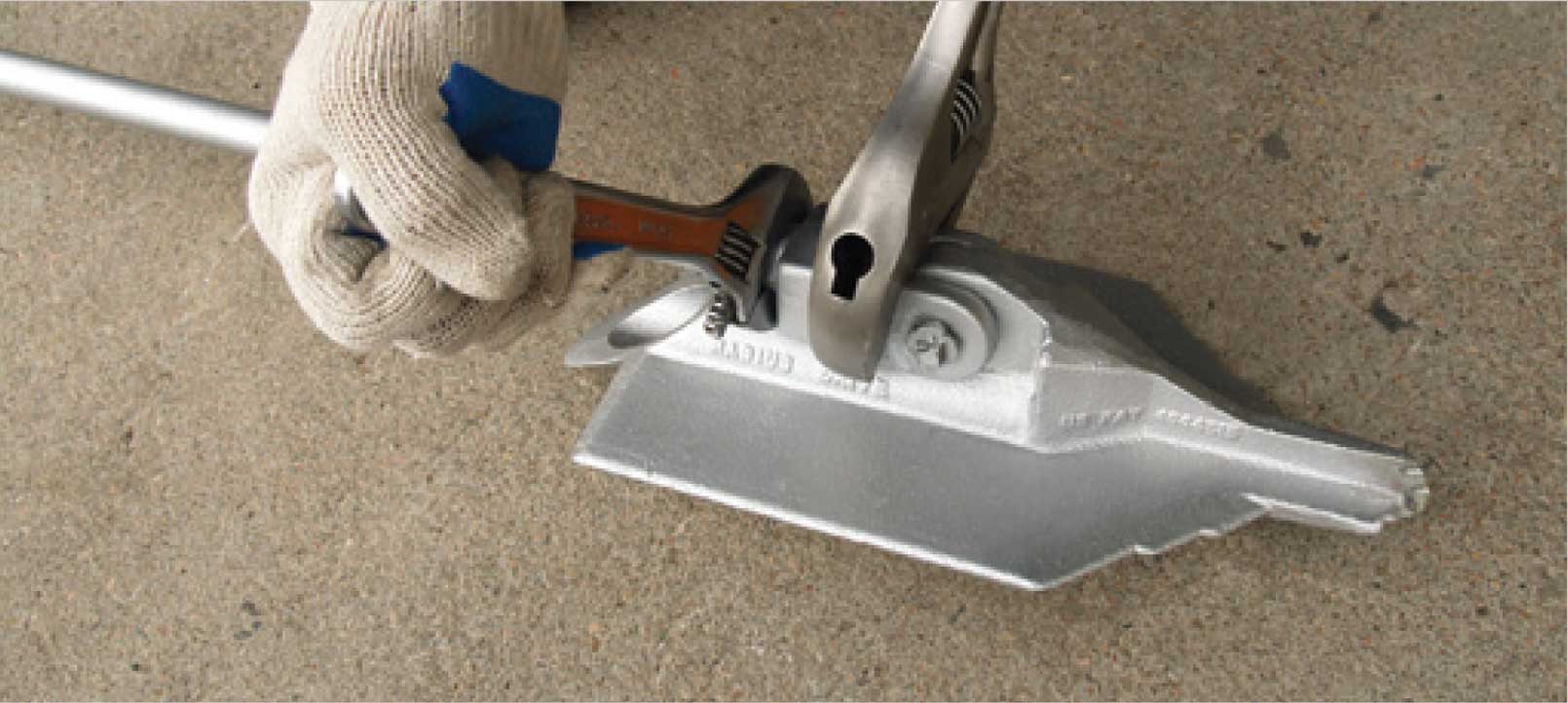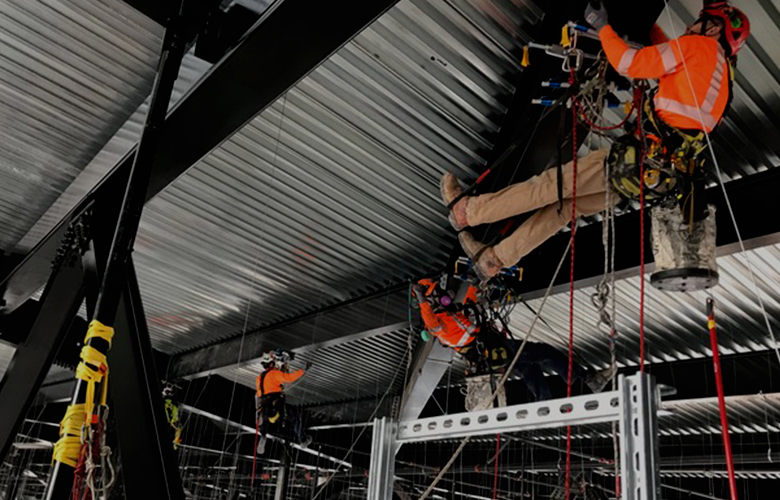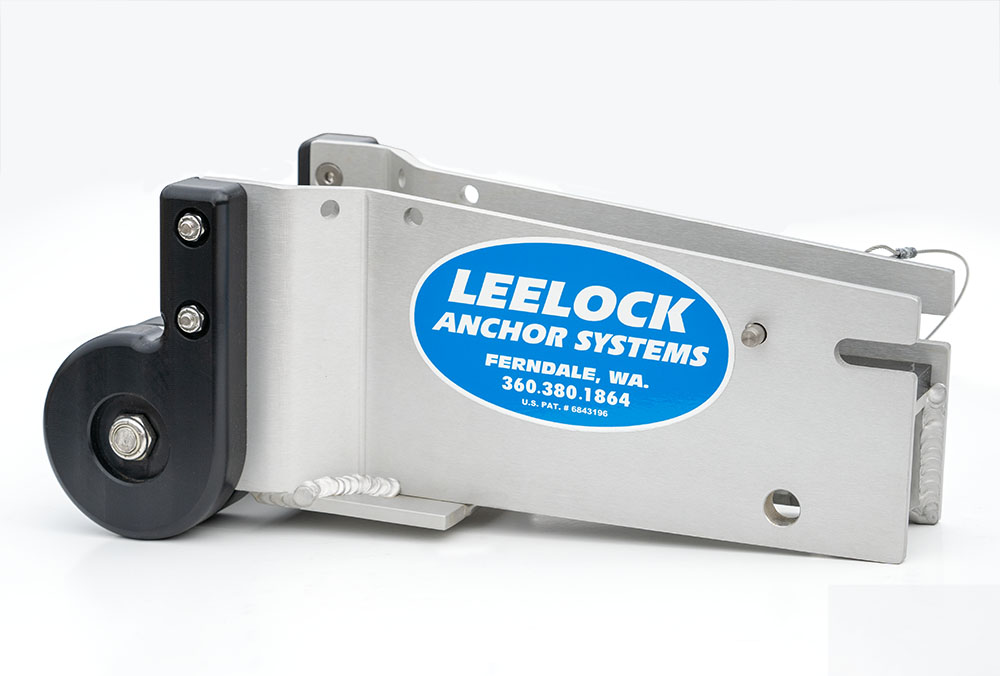Your Guide to Durable and reputable Support Solutions
In the realm of building, marine, and industrial applications, the choice of long lasting and trustworthy anchor systems is critical for making certain security and security. Understanding the nuances of holding strength, product structure, and compatibility with numerous environments can dramatically impact the efficiency of these systems. Additionally, efficient maintenance methods are vital for improving long life. As we explore the important aspects of anchor systems, it comes to be apparent that a knowledgeable choice can bring about exceptional enhancements in safety and functional performance, increasing the question of exactly how to efficiently browse this complicated landscape.
Significance of Dependable Supports

Trustworthy supports are vital in numerous applications, as they offer the required security and safety to ensure safety and performance. In construction, marine, and industrial settings, the honesty of procedures and frameworks heavily relies upon the performance of support systems. These anchors work as foundational aspects, securing devices, vessels, and structures versus ecological forces such as wind, waves, and soil motion.
The importance of reputable supports can not be overstated. In different exterior applications, such as camping tents or momentary shelters, trustworthy anchors are crucial for preserving stability versus unfavorable weather condition problems.
Purchasing top quality anchor systems not only improves security however additionally adds to operational effectiveness. When anchors operate optimally, they decrease the possibility of costly repair work and downtime, therefore advertising productivity. Inevitably, the selection of reliable and long lasting anchor systems is essential for accomplishing long-lasting success in any kind of venture that needs anchoring services.
Kinds Of Anchor Equipments
When picking anchor systems, it is important to take into consideration the specific requirements of the application, as various kinds of supports are created to execute ideally under varying problems. The main classifications of anchor systems include permanent, momentary, and portable supports, each offering unique purposes.
Permanent supports, often used in marine applications, are installed into the seabed and created for long-lasting stability. These systems normally consist of screw supports, which are helix-shaped and provide excellent holding power in numerous soil kinds.

Finally, portable anchors are light-weight and quickly transportable, making them optimal for vibrant settings such as building sites or outdoor leisure tasks (Earth Anchor). Instances include sand anchors and risk anchors, which provide dependable support without the demand for long-term setup
Picking the suitable anchor type ensures ideal efficiency and safety, tailored to the specific conditions and needs of the task.
Trick Features to Consider
Selecting the best anchor system entails not just understanding the types offered but likewise evaluating vital functions that affect their performance and viability for certain applications. One of the primary considerations is the support's holding strength, which identifies its ability to endure forces such as wind, waves, or tons. This strength is affected by the anchor's size, layout, and product, making it important to choose a support that Discover More Here can properly fulfill the needs of your certain setting.
One more vital attribute to examine is the simplicity of release and retrieval. Anchors that can be easily established and removed can considerably improve efficiency, especially in vibrant scenarios or setups with transforming conditions. Additionally, the anchor's material structure should be assessed for deterioration resistance, specifically for aquatic applications where exposure to saltwater is common.
Compatibility with numerous seabeds is also essential; some anchors execute far better in sand, rock, or mud. Take into consideration the support's weight, as this influences both its holding power and convenience of handling. By extensively assessing these essential features, you can pick a support system that is trusted, durable, and tailored to your certain requirements.
Upkeep Tips for Longevity
Guaranteeing the longevity of your support system needs normal upkeep and attention to information. Begin by examining all elements, consisting of chains, irons, and the support itself, for signs of wear or rust. Pay specific focus to areas that are immersed in water, as these are more prone to deterioration as a result of salt and environmental aspects.
Regularly cleansing your support system is essential. Wash it with fresh water after each usage, especially if it has been subjected to saltwater. This simple technique helps to stop the accumulation of salt, sand, and debris that can cause rust and impede performance.
Additionally, oil moving parts occasionally to guarantee smooth procedure and to lessen rubbing. Earth Anchor. Use marine-grade lubricants made for harsh atmospheres to safeguard versus dampness and rust
When not in usage,Store your support system effectively. A dry, protected place can prevent direct exposure to the aspects, decreasing the risk of damage.
Finally, think about conducting an annual complete examination by a professional to identify any kind of possible concerns that may not be visible to the inexperienced eye. Following these upkeep tips will considerably boost the toughness and reliability of your support system.
Selecting the Right Anchor
Appropriate upkeep of your support system lays the groundwork for efficient anchoring, making the option of anchor just as essential. Choosing the best anchor entails comprehending the certain problems in which you will certainly be running, consisting of seabed type, water depth, and ecological factors such as wind and current.
There are numerous sorts of supports, each created for different applications. As an example, fluke anchors master sandy or muddy bases, while plow supports provide premium holding power in various problems as a result of their ability to go into the seabed. If you are browsing rough surfaces, a grapple support might be more suitable, as it can latch onto uneven surfaces.
Furthermore, consider the weight and dimension of the anchor in relation to your vessel. A general standard is to use an anchor weighing at the very least 1/10th of the boat's overall weight, yet this can differ based on specific navigate here problems. It is additionally a good idea to have a back-up anchor on hand, ensuring you are planned for unexpected situations. Eventually, thorough research and understanding of your securing needs will certainly direct you in making an educated go to these guys choice pertaining to the most appropriate anchor for your circumstances.
Conclusion
In final thought, the choice of resilient and reputable support systems is essential for making sure security and safety across different applications. Routine upkeep techniques, including assessments and cleansing, substantially contribute to the longevity of support systems.
In the realm of building, marine, and commercial applications, the option of trusted and long lasting support systems is paramount for ensuring security and safety and security. Eventually, the option of long lasting and trustworthy anchor systems is fundamental for achieving lasting success in any type of venture that requires securing solutions.
Fluke supports excel in sandy or muddy bases, while rake anchors offer superior holding power in different conditions due to their capacity to dig right into the seabed. Ultimately, comprehensive research and understanding of your anchoring requirements will lead you in making an informed decision concerning the most proper anchor for your conditions.
